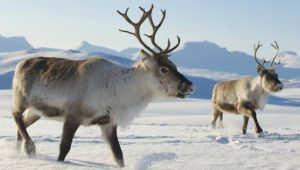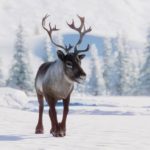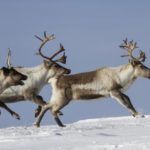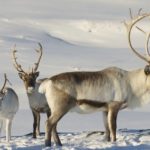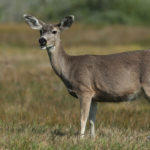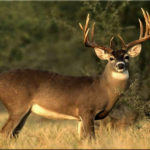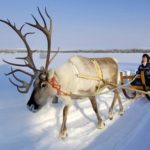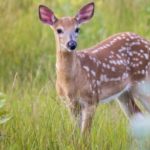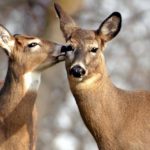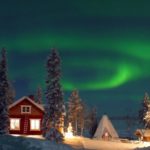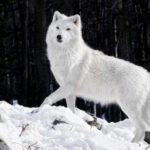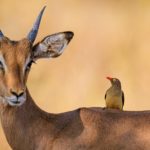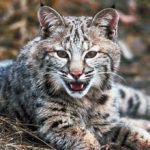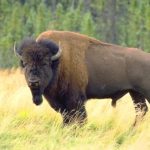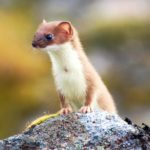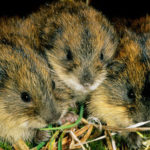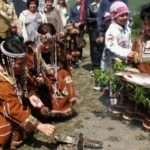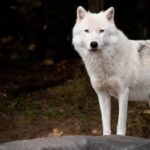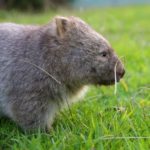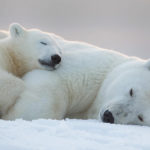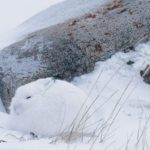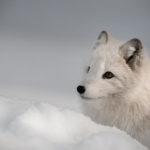Facts about reindeer
 There used to be doubts whether it is possible to classify reindeer and caribou as one species. The nature of migration of these mammals during the last 21,000 years suggests that they are different but closely related animals.
There used to be doubts whether it is possible to classify reindeer and caribou as one species. The nature of migration of these mammals during the last 21,000 years suggests that they are different but closely related animals.- Deer hoofs are unique because they are able to adapt to the time of year. In the summer, when the earth is soft, the bottom of the hooves become spongy. In winter, the pads are tightened to open the edge of the hoof, which cuts into the snow and ice and allows you to avoid slipping and digging out the moss from under the snow. That is, reindeer can change “summer sandals” to “winter boots”.
- In female reindeer, just like in males, horns grow (unlike other 45 deer species). Males drop their horns in the first months of winter, and females much later. Sani Santa Claus is driven, most likely, “deer”.
- All discarded horns are eaten by rodents and other animals, as this is an excellent source of calcium and other useful minerals.
- The deer have a wonderful wool. Hollow hair allows you to capture air and provide heat insulation in very cold temperatures.
- Reindeers are excellent swimmers. At a speed of 9 km / h, they swim across heavily-crossed, wide rivers and icy expanses of the ocean.
- A reindeer can travel a great distance. Some animals pass an average of 35 km per day, and a year they cover distances of 3100 km.
- They are the only mammals that can see ultraviolet light. A person is able to distinguish waves with a length of about 400 nanometers. The reindeer sees waves of up to 320 nanometers, which we can only perceive as black. This is important in the Arctic, where snow can reflect up to 90% of ultraviolet light.
- 90 minutes after birth the deer can already work. In a few hours he is already able to walk a few kilometers.
- Reindeer milk is the most nutritious milk that mammals produce. It contains 22% milk fat and 10% protein. For comparison, cow milk has only 3-4% milk fat.
- The inhabitants of the north call the deer females cows, the males the bulls, and the calves the calves.
